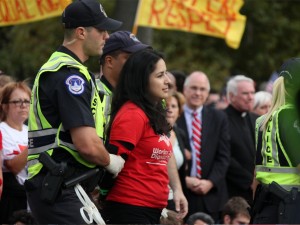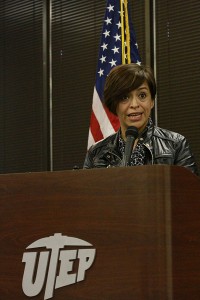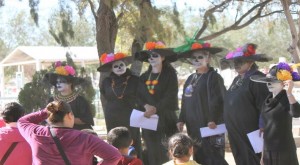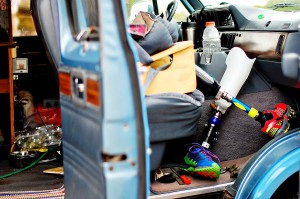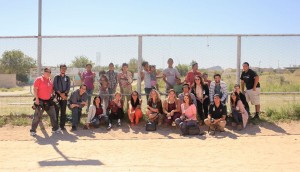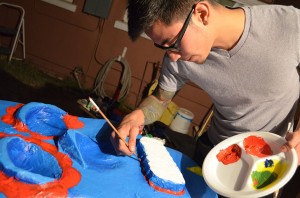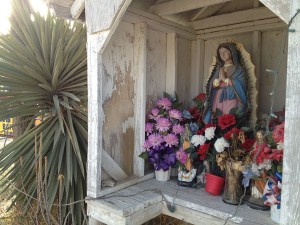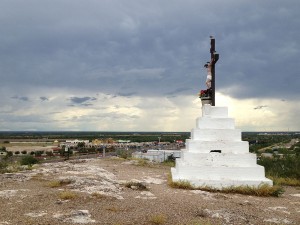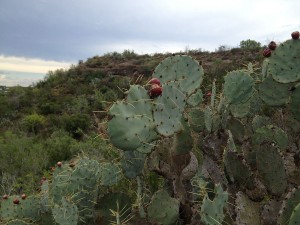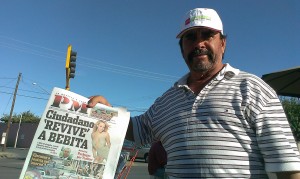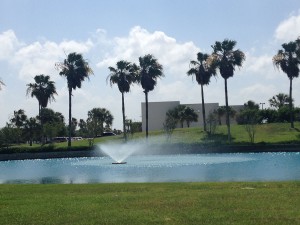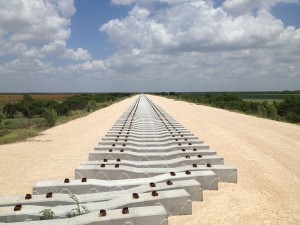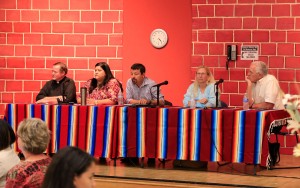Study program in the Indonesian jungles influences attitudes and expands cultural horizons
|
EL PASO — In the dense tropical rainforest, nature softly enveloped the group of students — the wind sifting through braches and leaves, the singing of myriad insects and birds — a potent reminder that they were not in Texas anymore, but in Kutai National Park in the island of Borneo, in the East Kalimantan region of Indonesia. “In 2009, I was finishing up my undergraduate degree in communication at UTEP and was still somewhat uncertain where my life was going. I had been admitted to the master’s program at the University of Colorado, but had no clue as to what I wanted to study,” said Carlos Tarin, 27. “Indonesia changed all of that.”
A college student’s life consists of homework assignments, computer issues and dreaded group projects. It’s unfortunate that not a lot of students are aware of the diverse opportunities for advancement offered by their universities.



